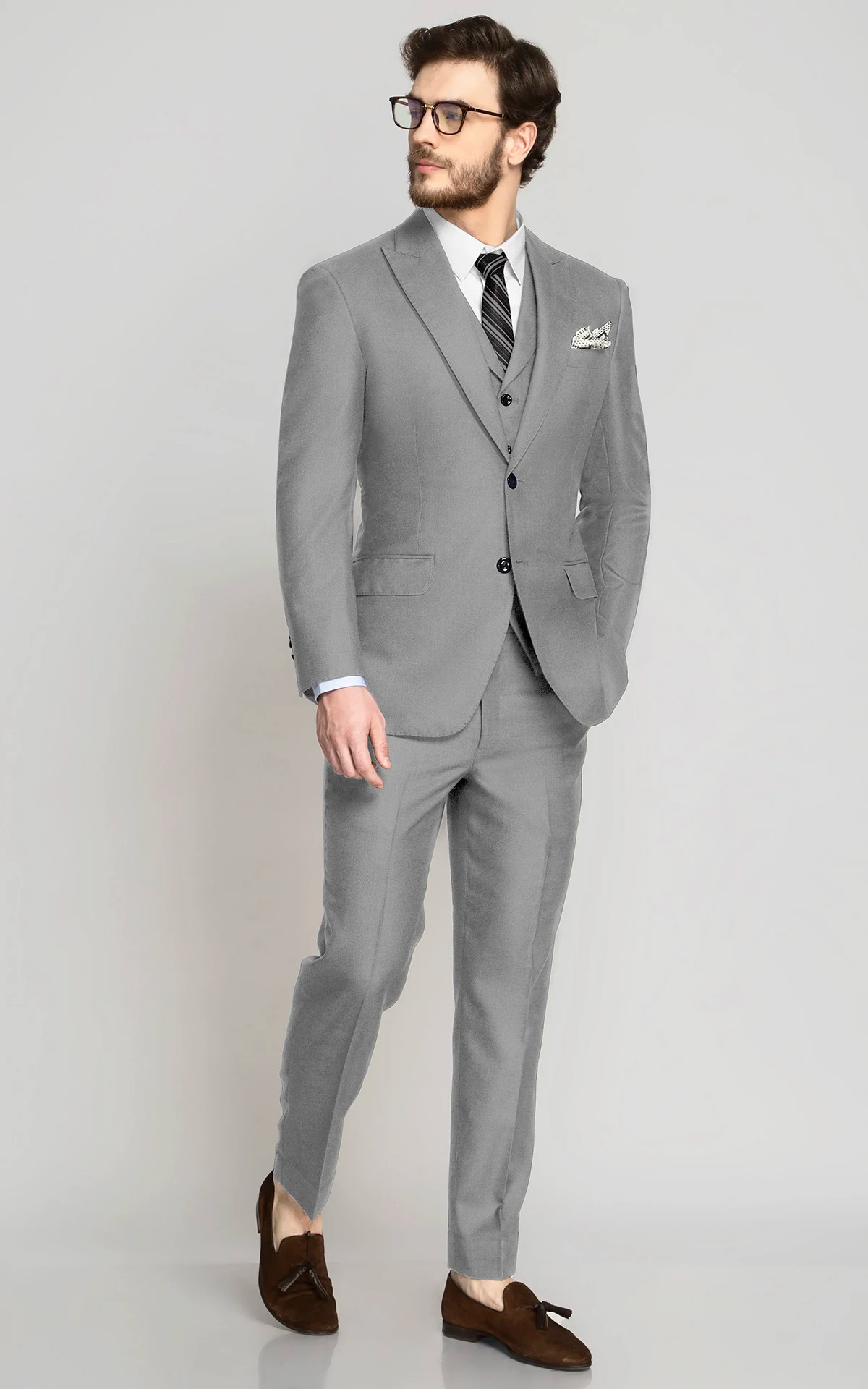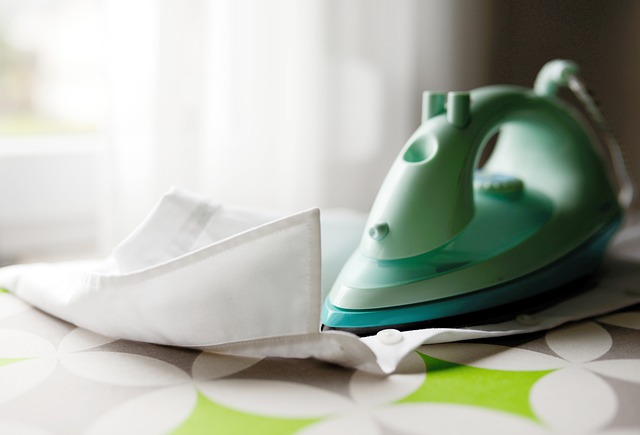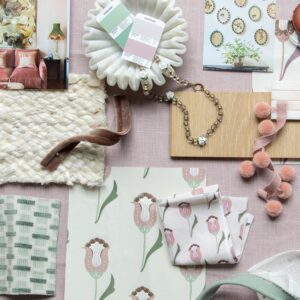Can You Iron Wool and Lycra Fabrics Together?

Introduction
Fabric compatibility is a crucial consideration in fashion and sewing, affecting the durability and appearance of your creations. Wool and Lycra, two popular fabrics, present unique challenges when combined. In this article, you’ll learn about their compatibility, benefits, challenges, and practical sewing tips.
Compatibility Analysis
Can you iron wool and Lycra fabrics together? The answer is generally NO. These fabrics have differing heat tolerances and care requirements. Wool, a natural fiber, can tolerate moderate heat, while Lycra, a synthetic fiber, is sensitive to high temperatures, which can cause melting or distortion. Their compatibility is influenced by factors such as texture, weight, stretch, and care requirements. Wool provides warmth and breathability, whereas Lycra offers stretch and resilience. However, their contrasting properties can lead to challenges in care and maintenance.
Fabric Properties Comparison Table
| Property | Wool | Lycra |
|---|---|---|
| Fiber Content | Natural | Synthetic |
| Weight and Thickness | Medium to heavy | Lightweight |
| Breathability | High | Low |
| Moisture-wicking | High | Low |
| Stretch and Elasticity | Low | High |
| Wrinkle Resistance | Moderate | High |
| Care Instructions | Cool iron, dry clean | Avoid high heat, hand wash |
| Durability | High | Moderate |
Benefits of Mixing These Fabrics
Combining wool and Lycra can enhance texture and visual interest, providing a unique aesthetic. The mix improves comfort and performance, offering warmth from wool and flexibility from Lycra. This blend supports better drape and movement, making garments more flattering. Additionally, it can be cost-effective, as Lycra is generally less expensive than wool. The combination is versatile across seasons, suitable for both cool and warm weather. Designers can explore numerous possibilities, from activewear to stylish outerwear.
Potential Challenges
Mixing wool and Lycra presents challenges such as differing shrinkage rates, which can distort the garment’s shape. Conflicting care requirements, like washing temperatures, can complicate maintenance. Texture clashes might cause pilling, while seam puckering can occur due to differing fabric tensions. Color bleeding or fading is another concern. Practical solutions include pre-washing fabrics, using appropriate interfacing, and selecting compatible sewing techniques.
Sewing & Styling Tips
When sewing wool and Lycra together, use a stretch needle and polyester thread to accommodate Lycra’s elasticity. Consider interfacing and stabilizers to manage fabric tension. Seam finishing methods like serging or zigzag stitches prevent fraying. Opt for patterns that accommodate fabric stretch, such as fitted garments or activewear. Styling ideas include layering pieces, like a wool coat over a Lycra top, or combining fabrics in a single garment for contrast.
Care & Maintenance Guide
For washing, use a gentle cycle with cold water or hand wash to protect both fabrics. Air drying is recommended to prevent heat damage. Iron wool on a low setting with a pressing cloth, avoiding direct heat on Lycra. For stains, treat wool with specialized detergents and Lycra with mild soap. Long-term care involves storing garments in a cool, dry place to prevent damage.
FAQ Section
-
Can you wash wool and Lycra together?
Yes, but use cold water and gentle detergent to avoid damage. -
Will wool shrink more than Lycra?
Wool is more prone to shrinkage, so handle it carefully. -
What needle size should I use for sewing these fabrics together?
A stretch needle, size 75/11, is ideal for this combination. -
Can you mix wool and Lycra in one garment?
Yes, but ensure proper sewing techniques and care instructions are followed. -
How do you prevent pilling when combining these fabrics?
Use a fabric shaver and wash garments inside out. -
Is it okay to mix wool and Lycra for upholstery?
It’s possible, but consider the durability requirements and care challenges. -
What’s the best way to finish seams with these fabrics?
Use a serger or zigzag stitch to secure seams effectively.
By understanding the properties and challenges of wool and Lycra, you can successfully combine them in your sewing projects, creating unique and versatile garments.


Leave a Reply